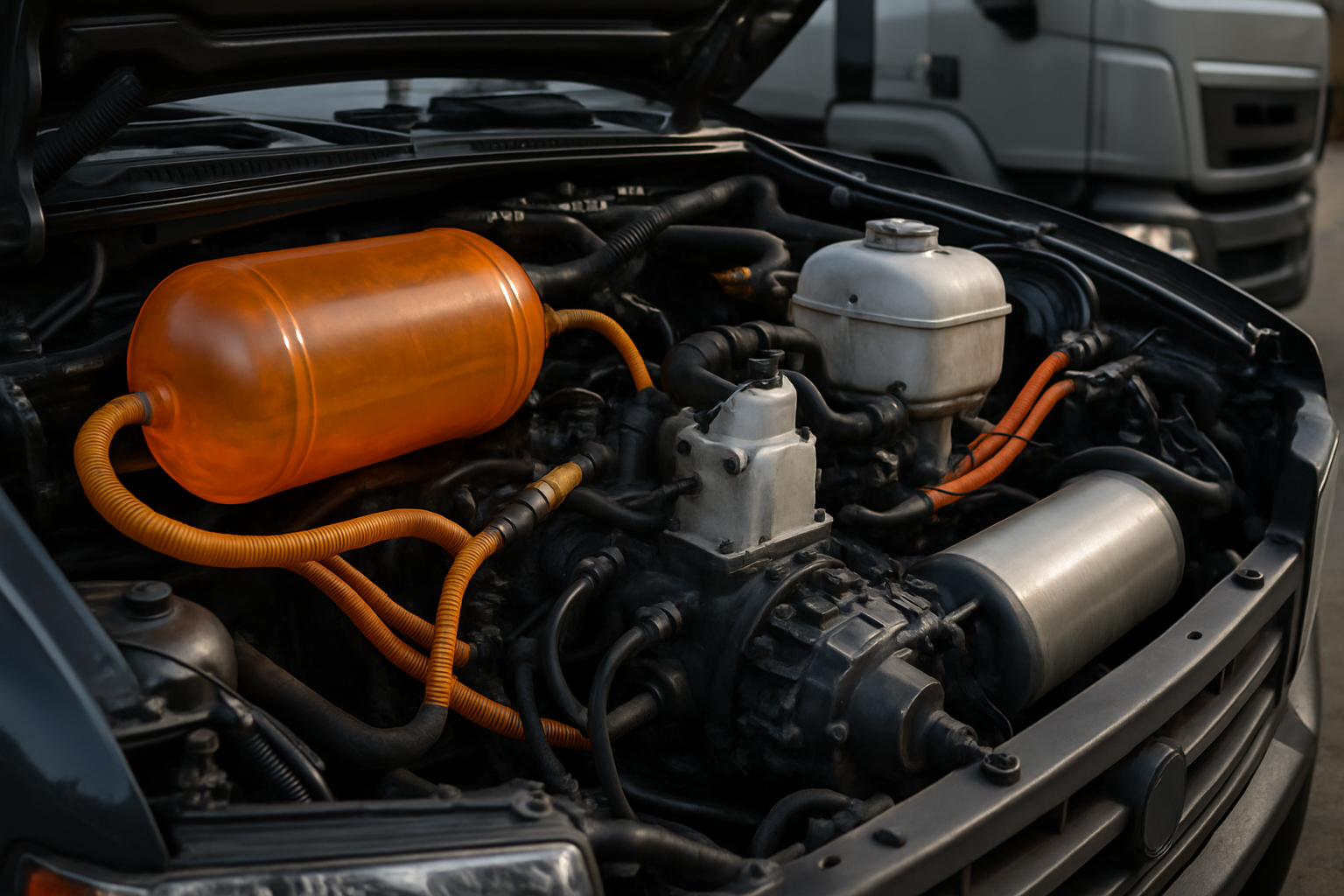Understanding High Throughput Liquid Handling in Medical Equipment
High throughput liquid handling systems have revolutionized laboratory processes in medical research, diagnostics, and pharmaceutical development. These sophisticated instruments allow scientists and medical professionals to transfer precise volumes of liquids quickly and accurately across multiple samples simultaneously. This technology has become indispensable in modern healthcare settings, enabling faster test results, drug discovery, and medical breakthroughs through automation and precision that surpass human capabilities.

What Is High Throughput Liquid Handling?
High throughput liquid handling refers to automated systems designed to transfer precise volumes of liquids between containers or well plates at high speeds and with exceptional accuracy. These systems range from simple multichannel pipettes to complex robotic workstations that can handle thousands of samples per day. The core technology incorporates precision pumps, automated positioning systems, and sophisticated software control to ensure consistent results. In medical settings, these systems are crucial for processes like DNA sequencing, diagnostic testing, drug discovery, and vaccine development where precision and reproducibility are paramount.
Applications of High Throughput Liquid Handling in Medical Research
In medical research laboratories across the United States, high throughput liquid handling equipment serves numerous critical functions. These systems facilitate genomic research by automating DNA extraction, PCR setup, and next-generation sequencing preparation. For drug discovery programs, they enable rapid compound screening where thousands of potential therapeutic candidates can be tested simultaneously. Clinical diagnostic laboratories use these systems to process patient samples efficiently, reducing the time to diagnosis and improving laboratory throughput. Additionally, high throughput liquid handlers are essential in proteomics research, cell culture maintenance, and vaccine development—all crucial areas for advancing medical understanding and treatment options.
Key Features of Modern High Throughput Liquid Handling Systems
Today’s high throughput liquid handling systems incorporate several advanced features that enhance their utility in medical settings. Most systems offer modular designs that allow laboratories to customize their setup based on specific workflow requirements. Precision dispensing capabilities can achieve accuracy down to nanoliter volumes, which is essential for working with precious or expensive reagents. Many systems include integrated barcode scanning for sample tracking and quality control, reducing the risk of sample mix-ups. Advanced collision detection and liquid level sensing prevent errors and contamination. Additionally, most modern systems feature user-friendly software interfaces that support protocol development, execution tracking, and integration with laboratory information management systems (LIMS) for comprehensive data management.
How High Throughput Liquid Handling Improves Medical Diagnostics
The implementation of high throughput liquid handling in clinical laboratories has significantly transformed medical diagnostics. These systems have dramatically increased sample processing capacity, allowing laboratories to handle surging test volumes during health crises like the COVID-19 pandemic. By automating repetitive pipetting tasks, these systems reduce human error and improve result consistency. The standardization of sample preparation leads to more reliable diagnostic results with lower coefficients of variation between tests. Many systems also incorporate quality control measures that flag potential errors before they affect patient results. This technology has been particularly valuable for complex molecular diagnostics that require multiple precise liquid transfers, enabling tests that would be impractical to perform manually at scale.
Selecting the Right High Throughput Liquid Handling Equipment
When selecting high throughput liquid handling equipment for medical applications, several factors require careful consideration. The throughput requirements—how many samples need processing within a given timeframe—should align with the system’s capabilities. Volume range flexibility matters, as some applications require dispensing microliters while others need precision at the nanoliter level. Compatibility with existing laboratory automation and information systems ensures seamless integration into workflows. The types of liquids being handled also influence selection, as viscous solutions or volatile solvents may require specialized hardware. Additionally, facilities should consider maintenance requirements, available service support, and total cost of ownership when making this significant investment.
Comparing Top High Throughput Liquid Handling Systems in the US Market
The US market offers several sophisticated high throughput liquid handling systems, each with distinct advantages for different medical applications. Below is a comparison of some widely used systems:
| System | Manufacturer | Key Features | Throughput Capacity | Price Range |
|---|---|---|---|---|
| Fluent | Tecan | Dynamic deck layout, 3D positioning, path finding | Up to 384-well plates | $150,000-$350,000 |
| Biomek i-Series | Beckman Coulter | Automated deck setup, multi-channel head options | Up to 1536-well plates | $200,000-$400,000 |
| STAR | Hamilton | CO-RE technology, anti-droplet control | Up to 1536-well plates | $180,000-$500,000 |
| Echo | Labcyte | Acoustic droplet ejection, contactless transfers | Up to 1536-well plates | $250,000-$500,000 |
| Janus G3 | PerkinElmer | Interchangeable pipetting heads, integration-ready | Up to 384-well plates | $150,000-$300,000 |
Prices, rates, or cost estimates mentioned in this article are based on the latest available information but may change over time. Independent research is advised before making financial decisions.
Future Trends in High Throughput Liquid Handling Technology
The future of high throughput liquid handling in medical applications looks promising with several emerging trends. Miniaturization continues to advance, with systems now capable of handling increasingly smaller volumes with greater precision, supporting the trend toward microfluidics and lab-on-a-chip applications. Integration of artificial intelligence and machine learning algorithms is enabling smarter liquid handling systems that can optimize workflows, predict maintenance needs, and detect anomalies in real-time. Cloud connectivity is becoming standard, allowing remote monitoring and operation of equipment across multiple sites. Greater flexibility in system design is emerging to accommodate diverse workflows, with modular components that can be reconfigured as needs change. These advancements will further enhance the role of high throughput liquid handling in advancing medical research, diagnostics, and treatment development.
This article is for informational purposes only and should not be considered medical advice. Please consult a qualified healthcare professional for personalized guidance and treatment.




